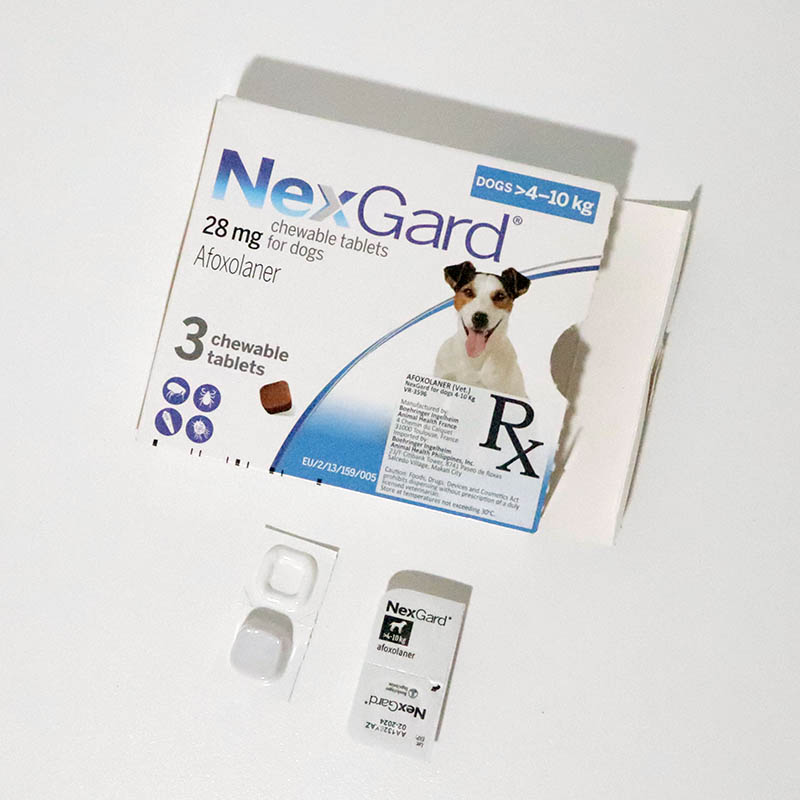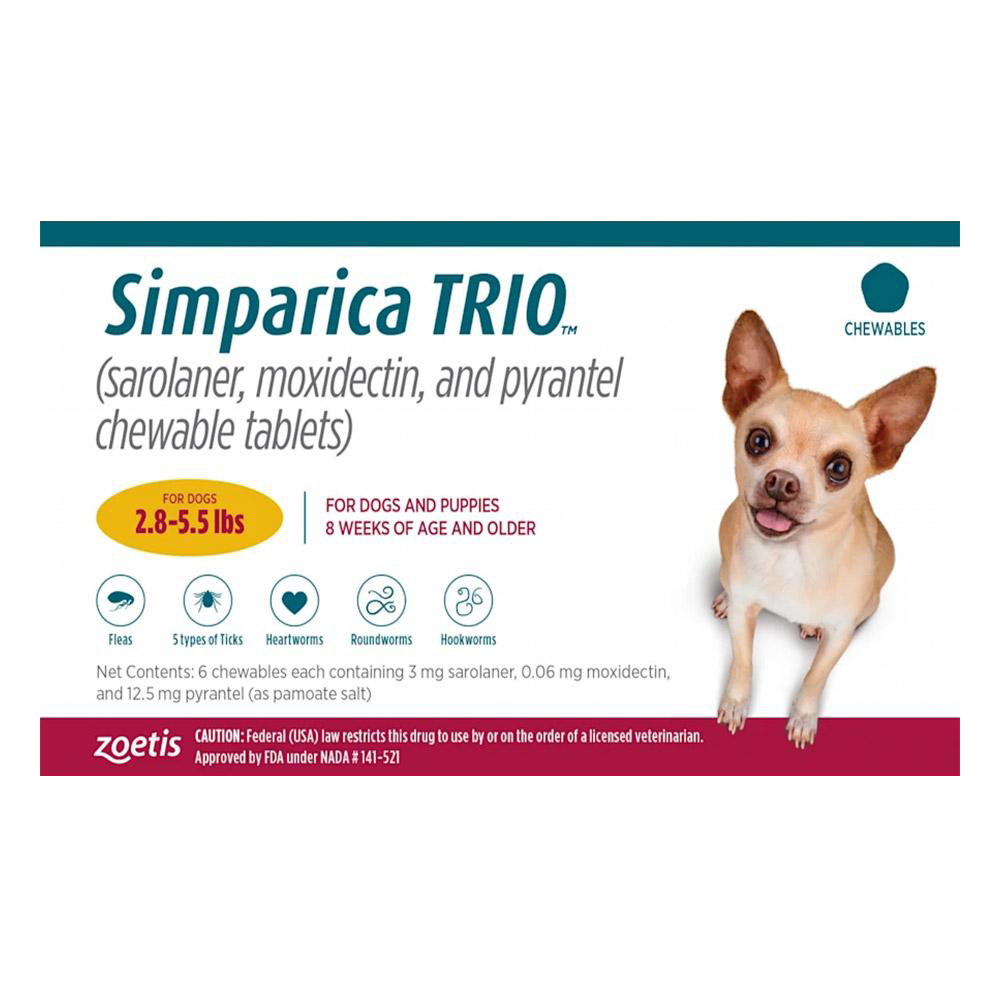Nexgard Vs Simparica
In the realm of flea and tick preventatives for our beloved pets, the debate between Nexgard Vs Simparica continues to intrigue pet owners. Both products offer distinct advantages, from flavor preferences to speed of action, active ingredients, safety profiles, and cost considerations. The choice between Nexgard and Simparica is not merely a matter of personal preference; it requires a nuanced understanding of each product’s formulation and how it aligns with the specific needs of your furry companion. As we Look into the intricacies of these two popular options, let’s explore the factors that can guide pet owners towards making the best decision for their pet’s well-being.
Key Takeaways
- Simparica kills fleas in 3 hours, ticks in 8; Nexgard in 4 hours for fleas, 24 for ticks.
- Nexgard contains Afoxoflaner, kills 100% of fleas within 24 hours.
- Simparica liver-flavored, Nexgard beef-flavored for varied dog preferences.
- Simparica generally cheaper than Nexgard; both FDA-approved for dogs.
- Nexgard FDA-approved for Lyme prevention; not for pregnant/lactating dogs; consult vet for best choice.
Product Formulation and Flavors
When comparing Nexgard and Simparica, one notable difference lies in their product formulation and flavors as chewable tablets. Simparica is liver-flavored, while Nexgard is beef-flavored. This distinction in flavors can be crucial for pet owners, as some dogs may have preferences or sensitivities to certain flavors.
The liver-flavored Simparica may be more appealing to some dogs, making administration easier. On the other hand, dogs that prefer beef flavors may find Nexgard more palatable.
Understanding these differences in product formulation and flavors can help pet owners choose the most suitable option for their furry companions. This ensures that the flea and tick treatment is administered effectively and without any issues related to taste preferences.
Efficacy and Speed of Action
In evaluating the efficacy and speed of action between Nexgard and Simparica, a key consideration is the time it takes for each product to kill fleas and ticks, as well as their effectiveness in addressing these common pet parasites.
Simparica stands out for its rapid action, killing fleas within 3 hours and ticks within 8 hours of administration. On the other hand, Nexgard eliminates fleas within 4 hours and ticks within 24 hours.
This variance in speed of action may influence pet owners’ preferences based on the urgency of parasite control. Understanding these differences can help pet owners make informed decisions regarding the most suitable treatment for their furry companions.
Active Ingredients and Special Features
The formulation of Simparica and Nexgard distinguishes them through their specific active ingredients and distinctive features, emphasizing their efficacy in combating fleas and ticks in dogs. Nexgard contains Afoxoflaner, belonging to the Isoxazoline class pesticides, which effectively kills 100% of fleas within 24 hours.
On the other hand, Simparica utilizes Sarolaner to overstimulate the nervous systems of pests, leading to their elimination. Notably, Nexgard is FDA-approved for Lyme disease prevention, adding an extra layer of protection for dogs. However, it’s important to note that Nexgard has not been evaluated for use in pregnant or lactating dogs.
These active ingredients and special features play a vital role in the effectiveness of each product in combating fleas and ticks in dogs.
Safety Considerations and Approval
For optimal assurance of safety and approval, thorough understanding of the regulatory guidelines and potential risks associated with Simparica and Nexgard is imperative. Both products are FDA-approved for flea and tick treatment in dogs, requiring a prescription from a veterinarian.
While Nexgard is FDA-approved for Lyme disease prevention, it has not been evaluated for use in pregnant or lactating dogs. Simparica, on the other hand, underwent trials but did not receive approval for such use.
It is essential to note that neither product is intended for use in cats. When considering these chewable tablets for your pet, consulting with a veterinary professional is crucial to ensure the appropriate and safe treatment is chosen.
Price Points and Alternatives
Considering the cost-effectiveness and available options in the market, pet owners often seek affordable alternatives to Simparica and Nexgard for their dogs’ flea and tick treatment. While Simparica is generally cheaper than Nexgard, some owners may start with Nexgard before switching to Simparica due to individual preferences or recommendations from veterinarians. Alternatives like Bravecto may be suitable for breeding or pregnant dogs, offering different options for flea and tick control.
It is crucial for pet owners to consult with their veterinarians to determine the most suitable and cost-effective solution for their furry companions. Additionally, both Simparica and Nexgard require prescriptions, ensuring that the treatment is administered safely and effectively under professional guidance.
Frequently Asked Questions
Can Simparica or Nexgard Be Split or Crushed for Smaller Dogs?
For smaller dogs, splitting or crushing Simparica or Nexgard tablets is not recommended. Altering the form of the medication can impact its efficacy and safety. Consult a veterinarian to explore suitable dosing options for your pet’s size.
Are There Any Known Drug Interactions With Simparica or Nexgard?
There are currently no known drug interactions with Simparica or Nexgard. However, it is always advisable to consult a veterinarian before administering any new medication to ensure the safety and well-being of your pet.
Do Simparica or Nexgard Have Any Side Effects on Dogs’ Behavior?
Both Simparica and Nexgard may have side effects on dogs’ behavior. These can include lethargy, vomiting, diarrhea, or changes in appetite. It is essential to consult a veterinarian for guidance and monitoring during the use of these medications.
Are There Any Environmental Concerns With Using Simparica or Nexgard?
In considering the environmental impact of using Simparica or Nexgard, it is essential to note that both products contain pesticides. Proper disposal and adherence to dosage instructions are crucial to minimize potential harm to the environment.
Can Simparica or Nexgard Be Used in Conjunction With Other Flea and Tick Treatments?
Both Simparica and Nexgard are potent flea and tick treatments that should not be used simultaneously with other products unless advised by a veterinarian. Combining treatments can lead to adverse effects or reduced efficacy. Consult a professional before combining treatments.
Conclusion
In conclusion, when comparing Nexgard and Simparica, pet owners should consider factors such as product formulation, efficacy, active ingredients, safety considerations, and price points.
Nexgard offers a beef-flavored chewable tablet, while Simparica is liver-flavored. Simparica acts faster, killing fleas and ticks within hours, while Nexgard takes slightly longer.
Both are FDA-approved, but Nexgard is not evaluated for pregnant or lactating dogs. Overall, consultation with a veterinarian is crucial to determine the most suitable option for your pet.








